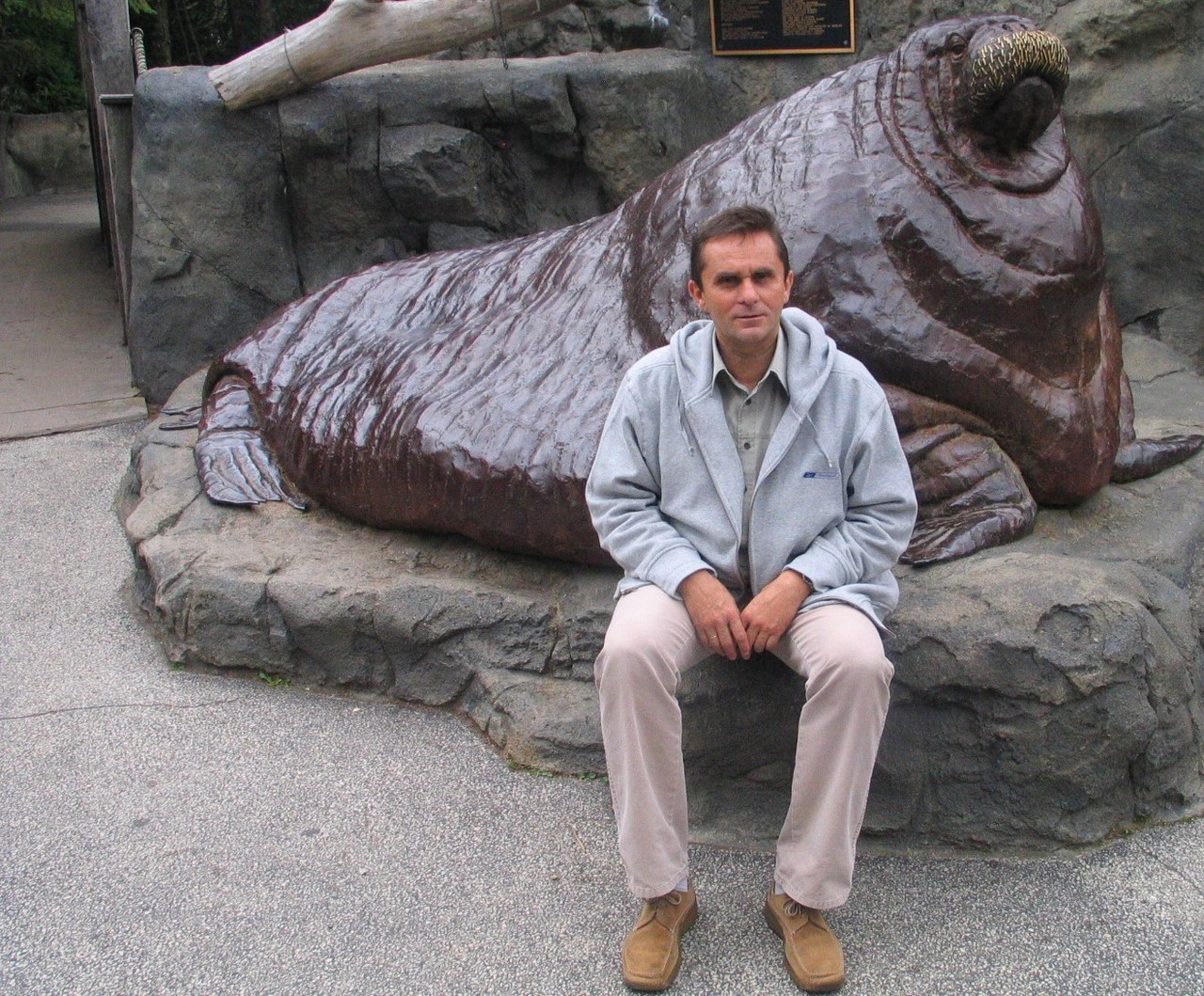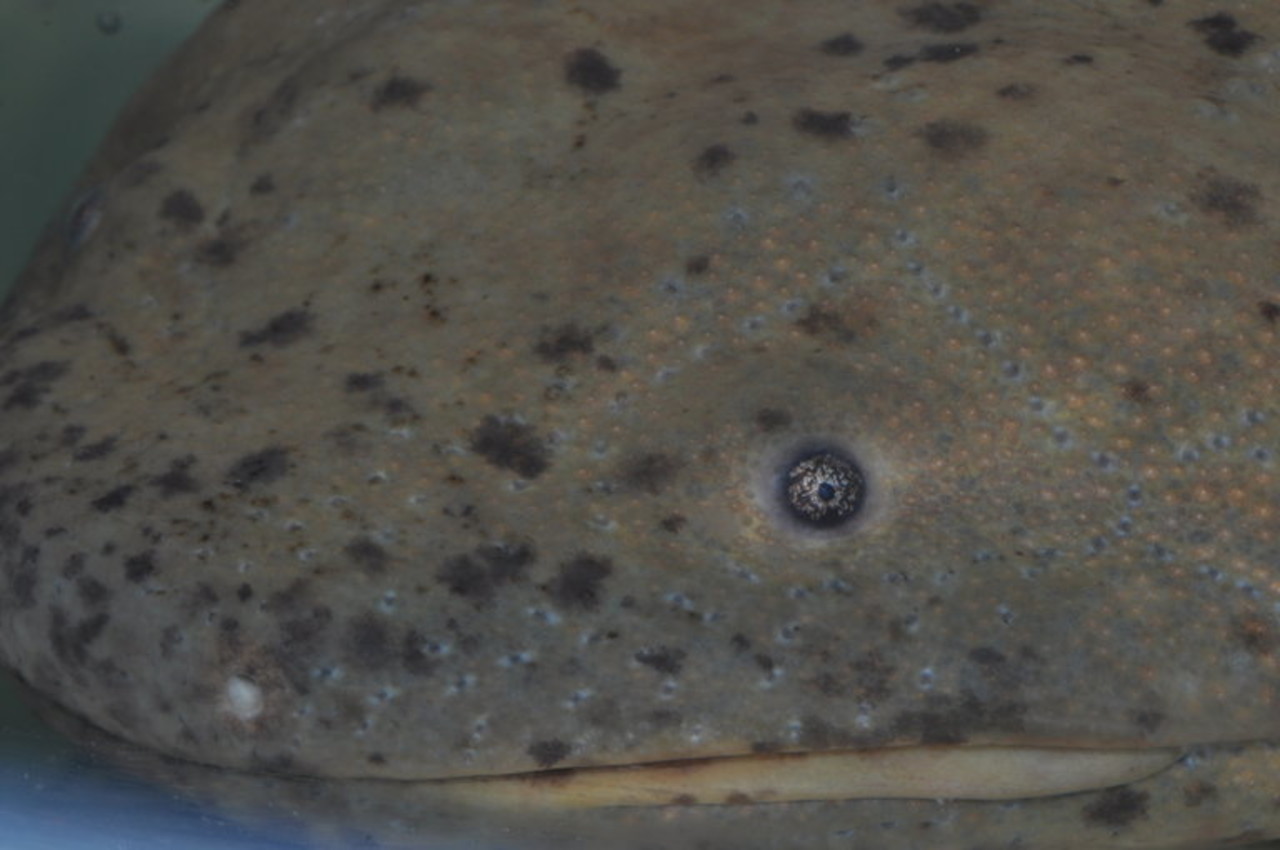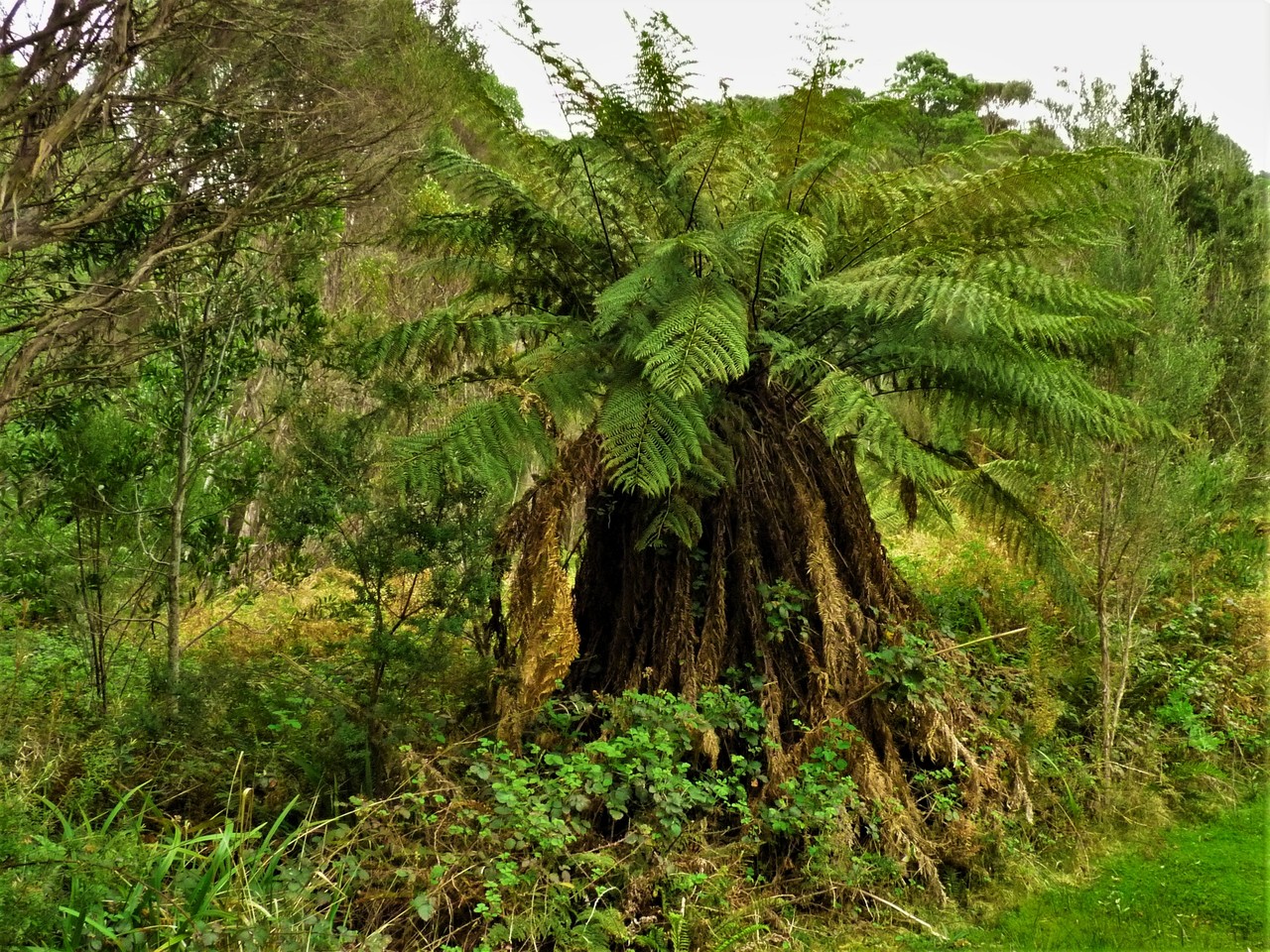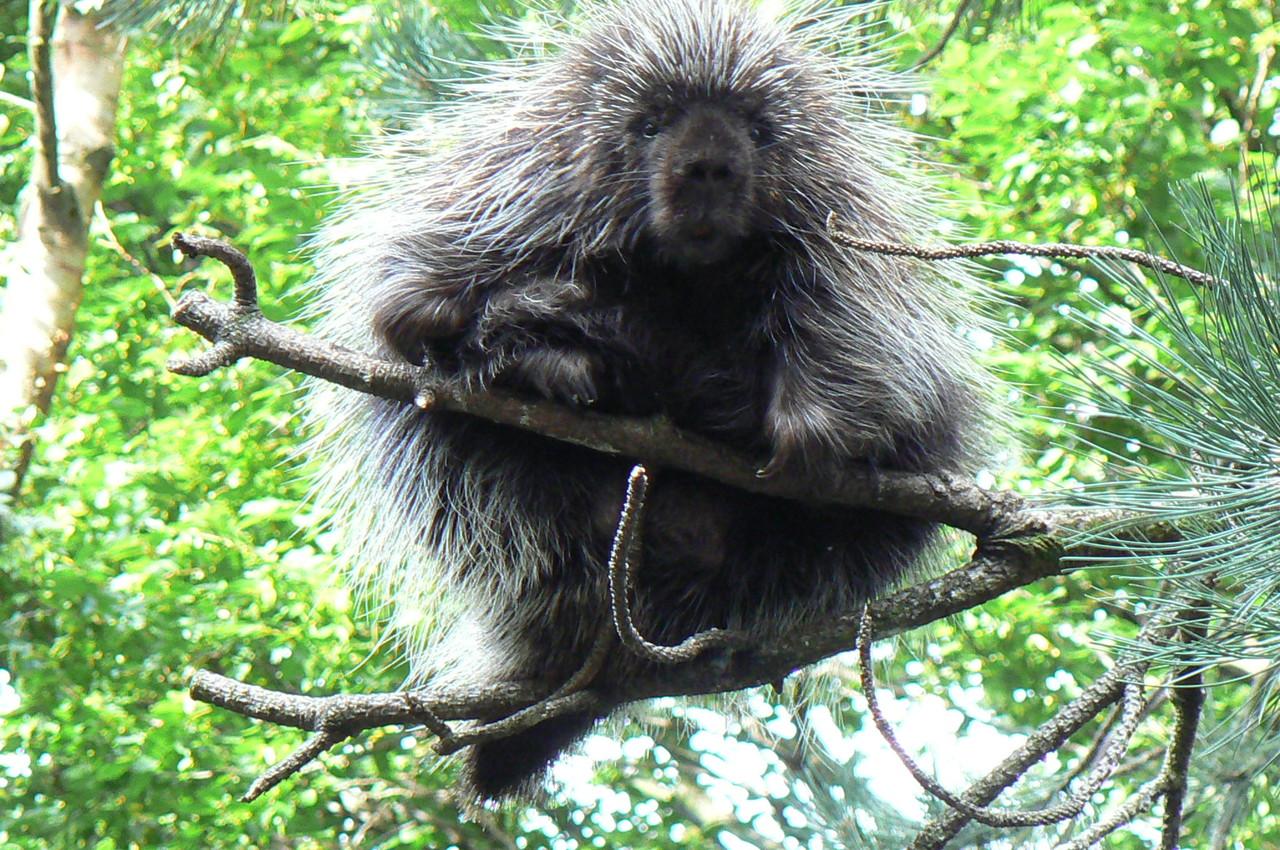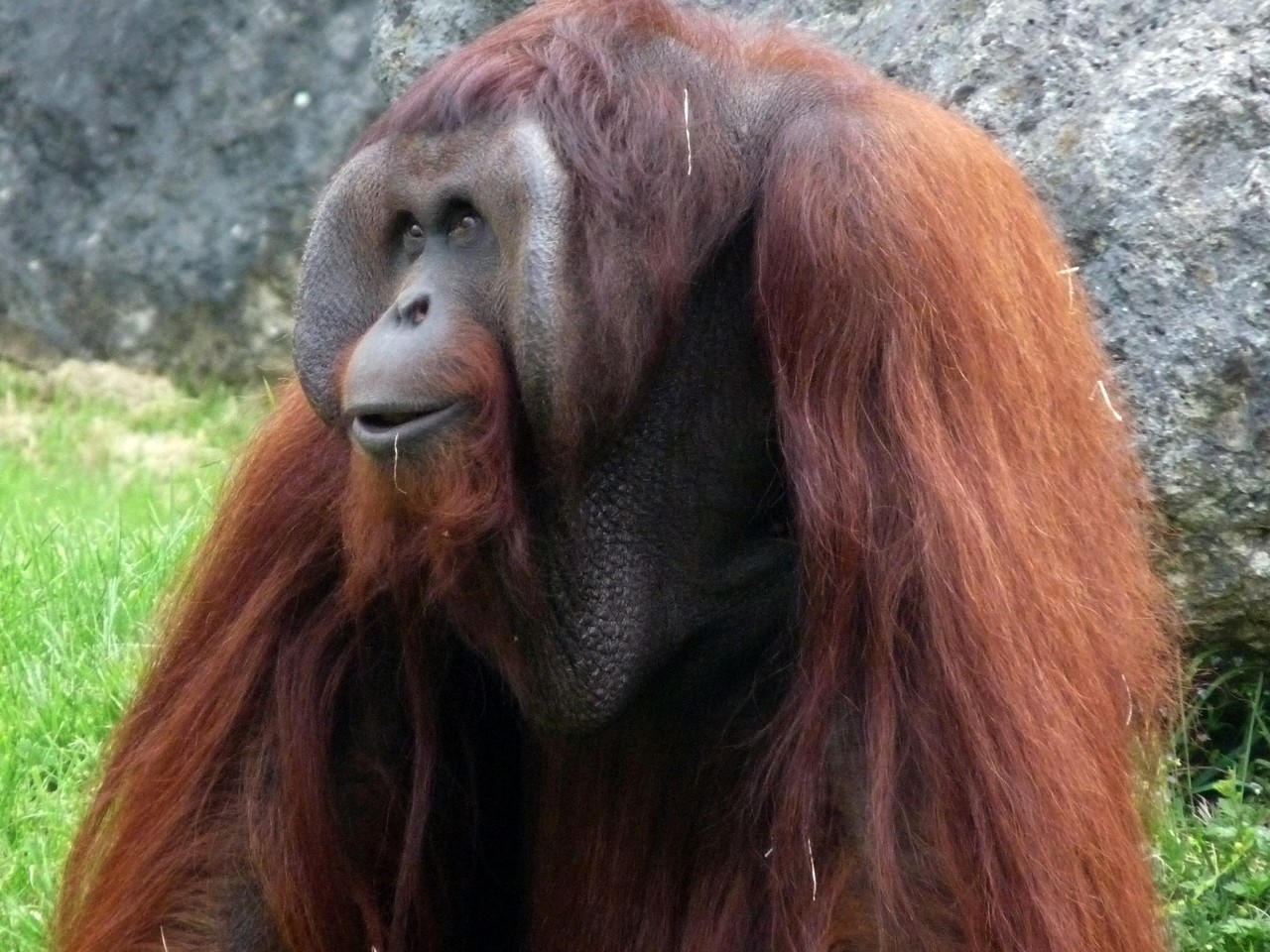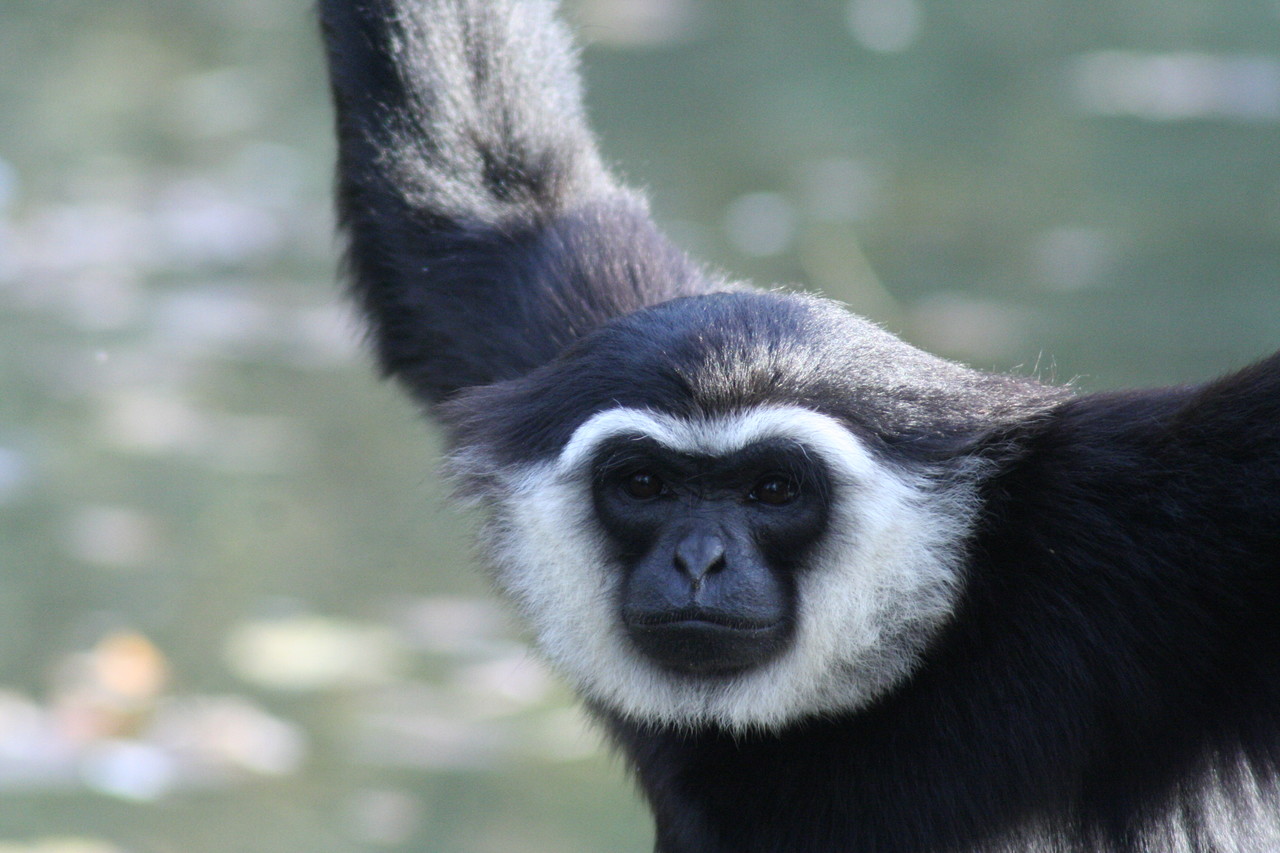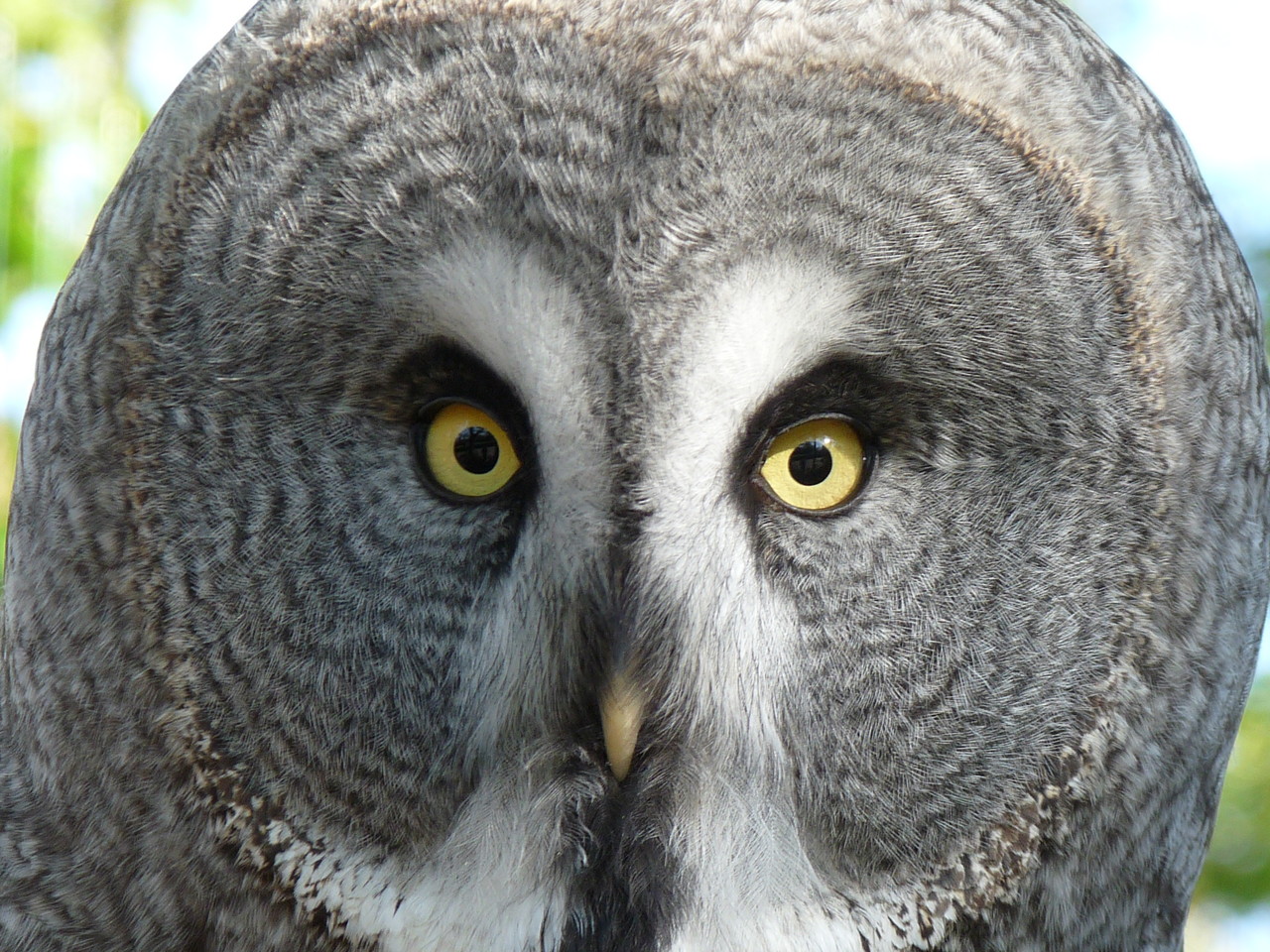Andrias - Asian giant from the Paleocene
There are many animals that, although seemingly known, still arouse a great interest in the scientific world, as well as in people not professionally related to zoology. Undoubtedly, the mysterious giants inhabiting the mountain streams of China and Japan to this day belong to this group. Giant salamanders, the biggest among contemporary amphibians, can reach up to 180 cm of body length and almost 30 kg of body weight.
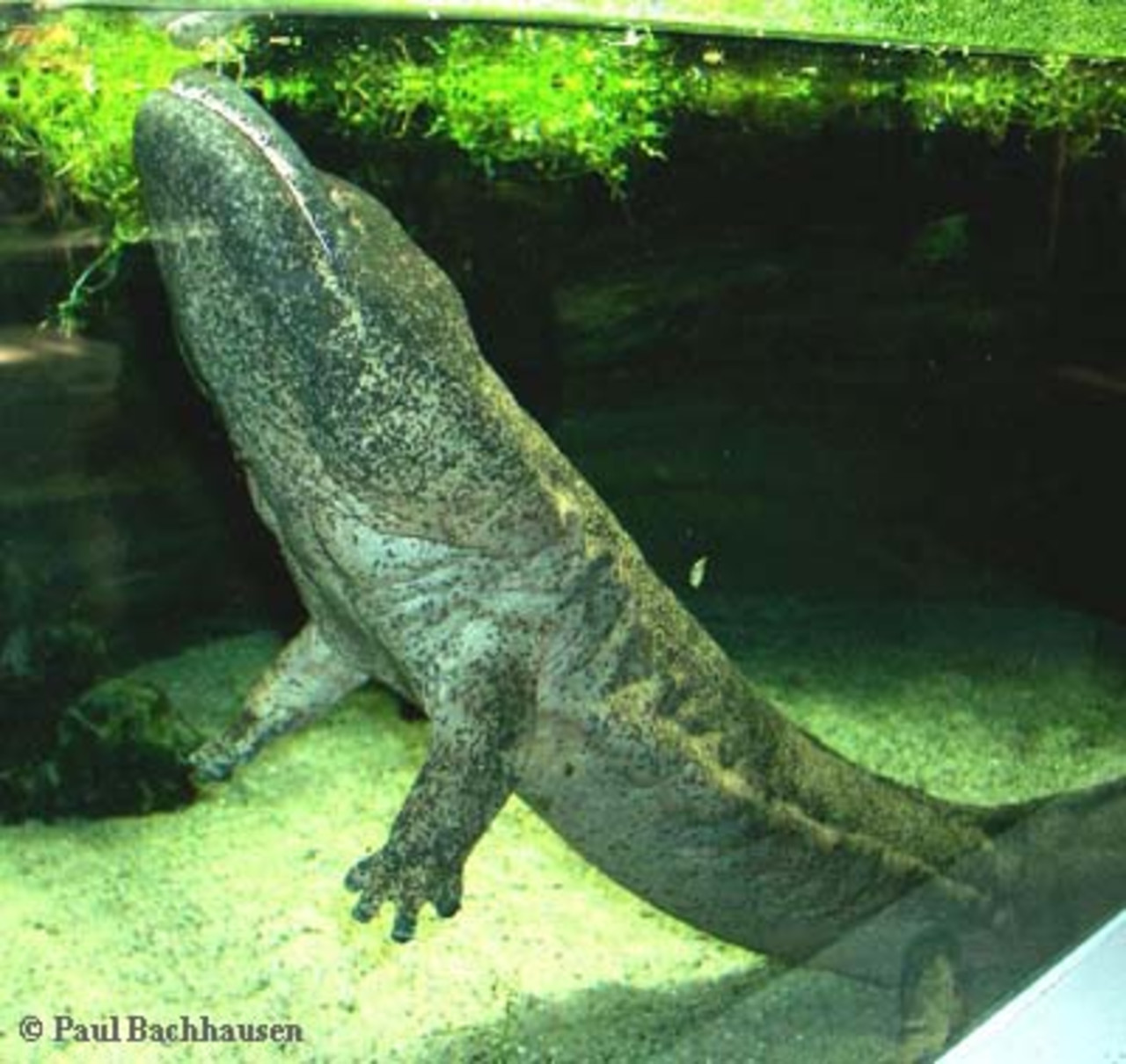
They are also extremely long-lived, reaching the age of over 50 years and, according to the presumption of Japanese scientists, can live up to 100 years. Giant Salamanders belong to the family of Cryptobranchidae, the oldest group of amphibians which separated from other amphibians in the Jurassic period over 170 million years ago. The morphology of modern cryptobranchids has not changed much since these times, so these amphibians are real living fossils. Besides the Chinese giant salamander Andrias davidianus and the Japanese giant salamander Andrias japonicus, the American cryptobranchid representative, the American devil of the Cryptobranchus sp. but with a much smaller body than his Asian relatives is also included into this group.
The giant salamanders, both Chinese and Japanese, lead an almost identical lifestyle, and the differences in their external appearance are visible only for specialized eyes. Extremely primitive, surprising features are present in these animals from the moment they appeared on earth. The giant salamanders have tiny eyes and a very poorly developed sense of sight. Body colouration is protective: greenish-brown, olive or almost black. Their whole body is covered with warts and skin folds that increase the respiratory surface of the body. It is worth noting that the giant salamanders do not have lungs or gills because they breathe only through the skin which is equipped with innumerable spiral holes through which the gas exchange takes place.
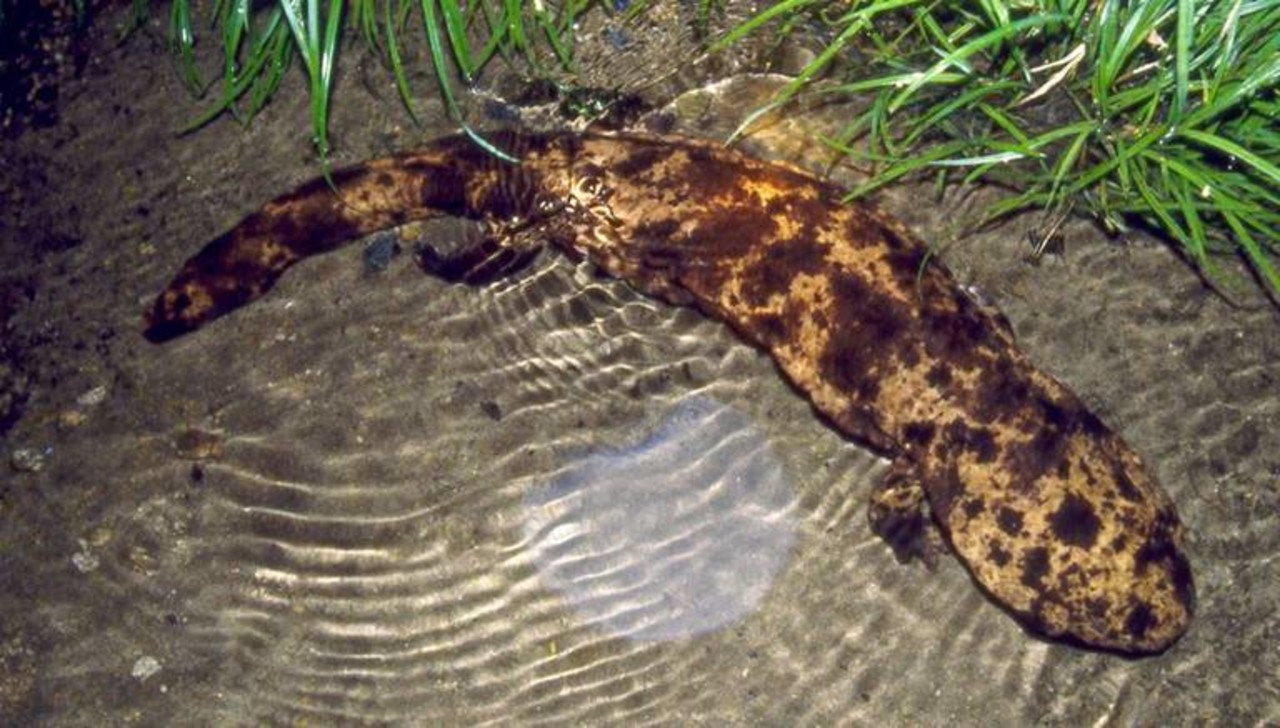
The gills only function in larvae and disappear when they are transformed from a larva into an adult. And the breathing function is taken over by the skin.
They are predators - their powerful, toothed jaws can crush a large fish or a crayfish shell. These amphibians feed on virtually every animal they can capture. Their food consists of: fish, amphibians, molluscs, insects and their larvae, small mammals. They are also cannibals. They are extremely resistant to the harsh environment they are in. The average temperature of mountain stream water varies between 6°C and 10°C, and the availability of food is very limited. Salamanders, like all amphibians, are cold-blooded, so their metabolism depends on the ambient temperature. At low temperatures their metabolism is very slow. Thanks to this, the giant salamanders can starve for a few weeks, without the least damage to health.
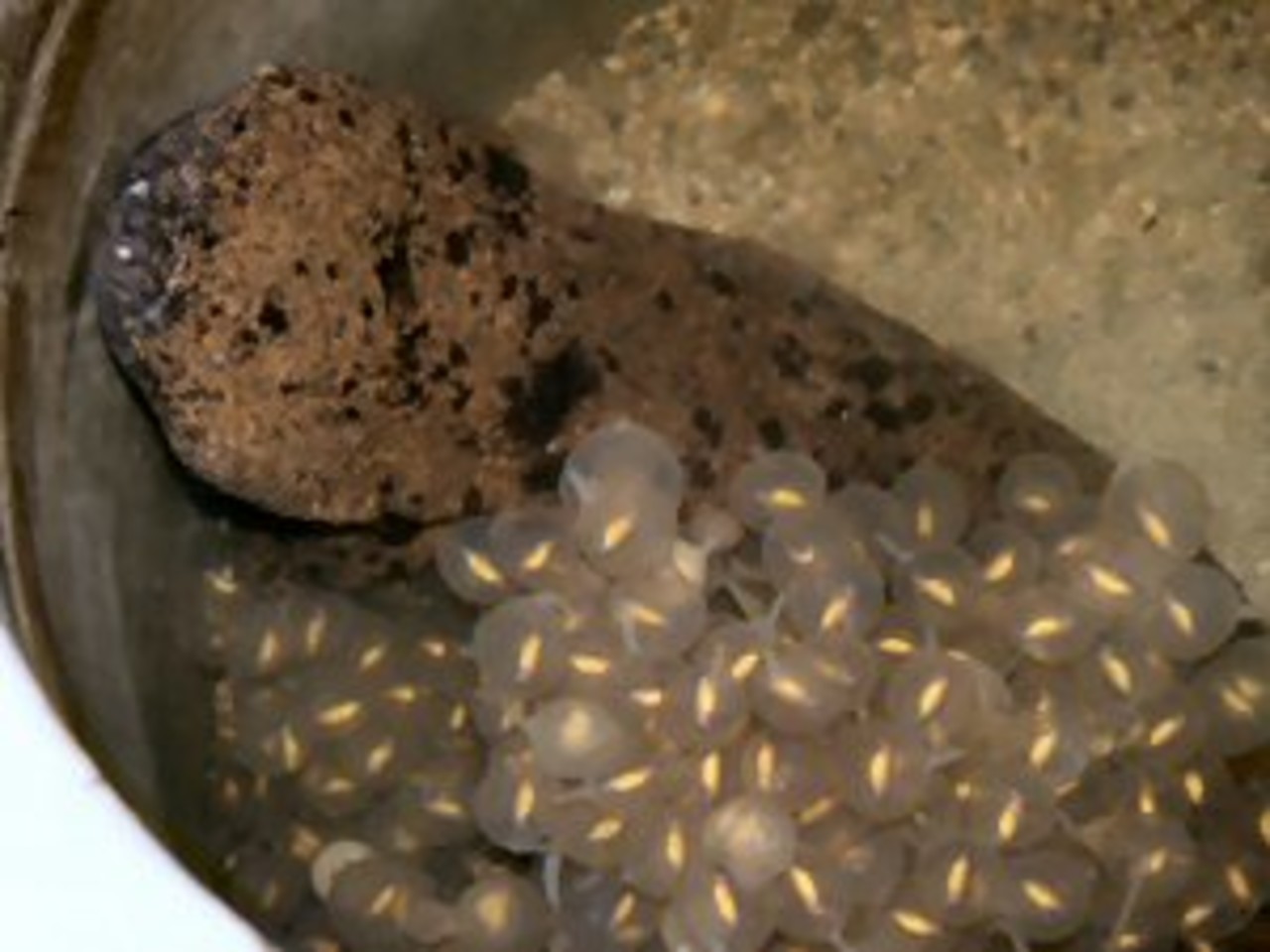
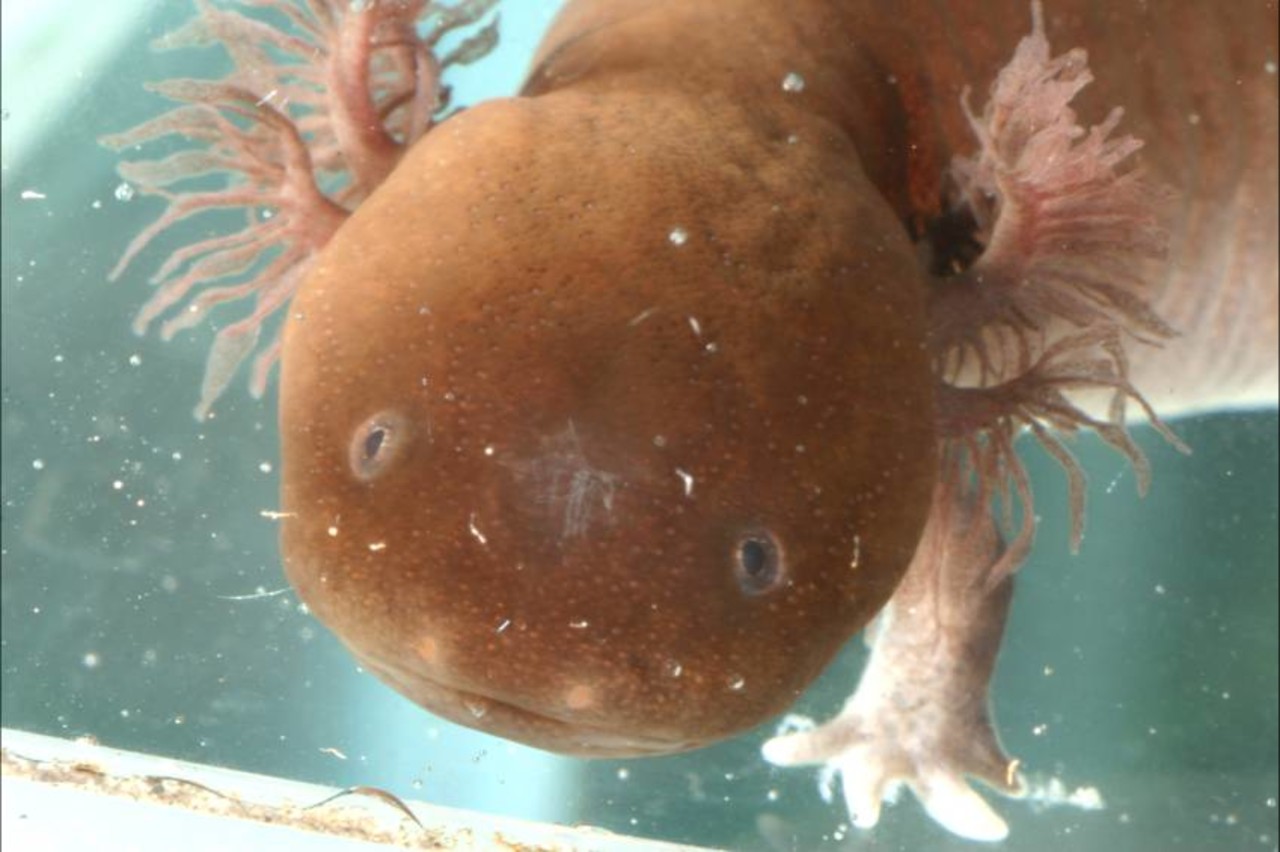
In the mating season, they build breeding nests, digged out by their paws under water near the river bank. A dominant male admits a female to the nest and allows other males to fertilize her screech, after which he remains the guard of the nest.
The guard aggressively defends the nests, there are even reports of people bit by the giant salamanders during the mating season. After a few weeks, larvae with feathered gills hatch from the eggs; the length of their body does not exceed 3 cm.
Both Chinese and Japanese giant salamanders have in recent years been the subject of intense research, aimed at saving them from total destruction.
Unfortunately, like most large animals, giant salamanders are threatened with extinction, mainly due to pollution and the progressive destruction of the natural environment. The reason for this is the regulation of rivers and cutting down forests and industrial pollution. The animals were also massively harvested for consumption purposes (still in the second half of the twentieth century several tons of giant salamander were harvested annually for consumption purposes), they were also used in folk medicine and for religious purposes.
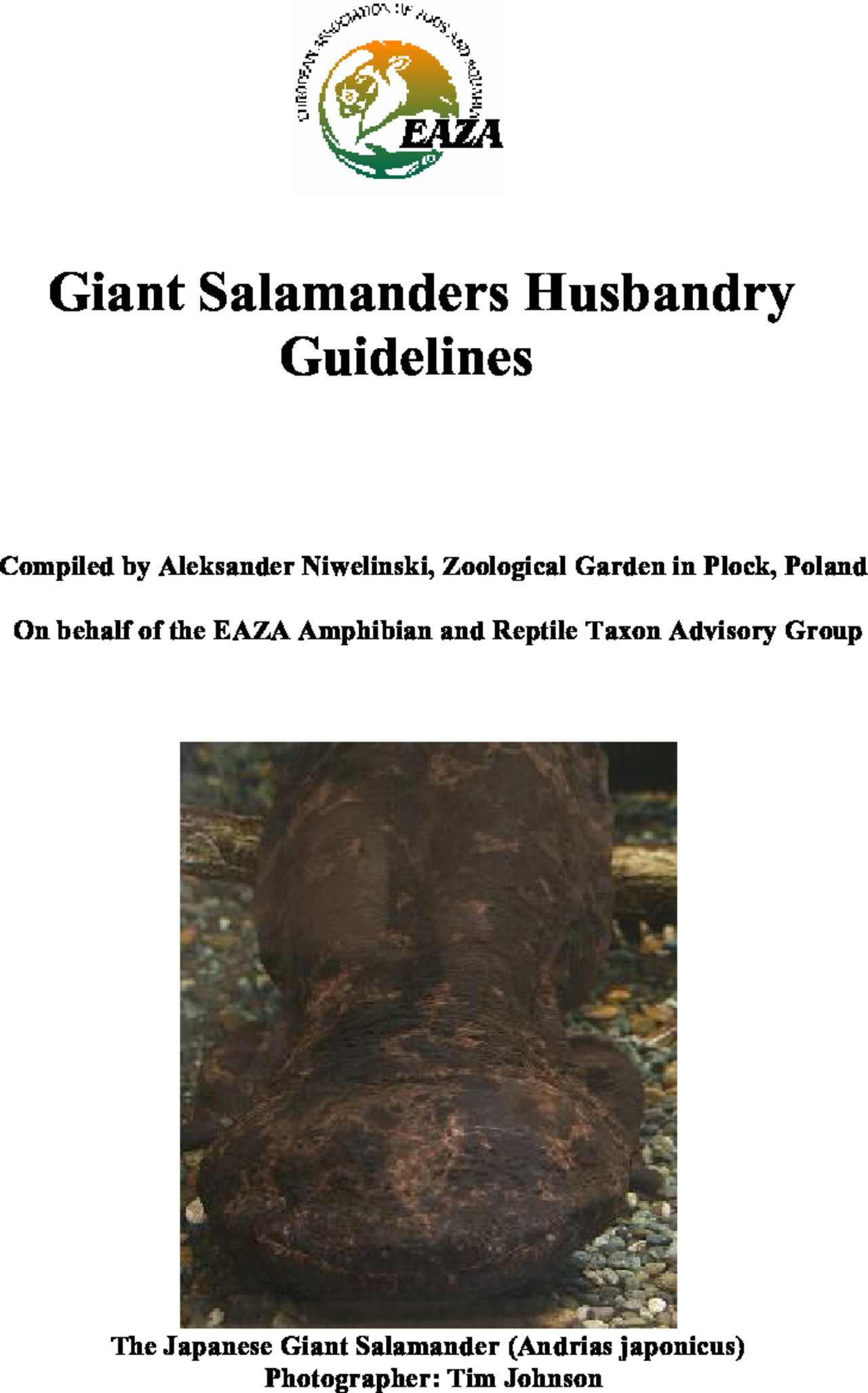
A few years ago, as a member of the EAZA Amphibian & Reptile Taxon Advisory Group - the European Reptile and Amphibians Advisory Committee, EAZA, I developed guidelines and rules for breeding giant salamanders in zoological gardens. This study, consulted with Professor Kazushi Kuwabara from Japan and with US scientists, presented at the EAZA conference in September 2007, had a favourable acceptance and became the basis for attempts to bring giant salamanders to zoos and their breeding in artificial environment in order to save these species from total destruction. This is of crucial importance, especially now when it turned out that several dozen species of amphibians had gone extinct during the last dozen or so years of destructive human activity. For comparison - in 1994 only 18 species of amphibians were considered endangered and in 2016 already 545 species are critically endangered with extinction. The year 2008 was announced the World Year for the Protection of Amphibians.
Therefore, the giant salamanders become a flagship species, which is a symbol of the protection of amphibians - animals completely dependent on human actions. Only the fact of taking a global action and the significant share of zoological gardens in the action for the protection of nature can be enjoyed. And let these actions have measurable effects.
Aleksander Niweliński



